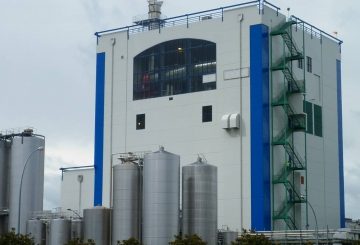The New Zealand dollar spiked higher after a report showed United States inflation was slowing, taking pressure off the Federal Reserve to hike interest rates at its meeting next month.
The US dollar index, which measures the greenback against a basket of currencies, dipped 0.6% after data overnight on Wednesday showed the US consumer price index (CPI) rose at a 4.9% annual pace in April, slower than the 5% expected.
That increased the lure of the New Zealand dollar, which spiked to US63.85 cents from US63.24c.
Markets were now expecting the Federal Reserve to pause in June, marking the first time it hasn’t raised rates at a meeting in more than a year, with “pretty aggressive” rate cuts of 100 basis points now priced in through to early next year, he said.
In New Zealand, markets have fully priced in a 25bp hike to the Reserve Bank’s official cash rate this month, which would take the benchmark interest rate to 5.5%.
Following the US inflation report, traders on Thursday extended their bets for Reserve Bank interest rate cuts through to the end of next year to 165bp from 160bp on Wednesday.
Traders will now be looking ahead to the Reserve Bank’s survey of inflation expectations scheduled for release on Friday.
The benchmark S&P/NZX 50 Index slipped 0.8%, or 99.539 points, to 11,887.76 on Thursday.
Retirement village stocks fell after the Commerce Commission said on Wednesday that it was launching an investigation into potential breaches of the Fair Trading Act by retirement villages.
Steel & Tube dropped 1.9% to $1.03, extending its decline this week to 2.8%.
Credit: stuff.co.nz






















































-660x440.jpg)